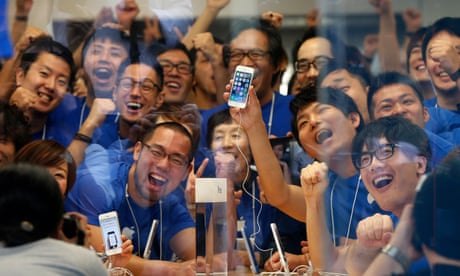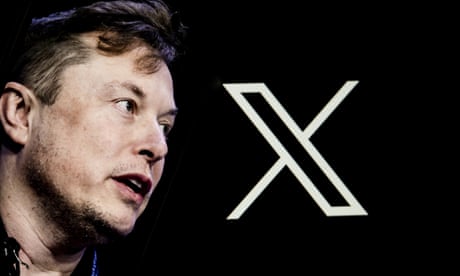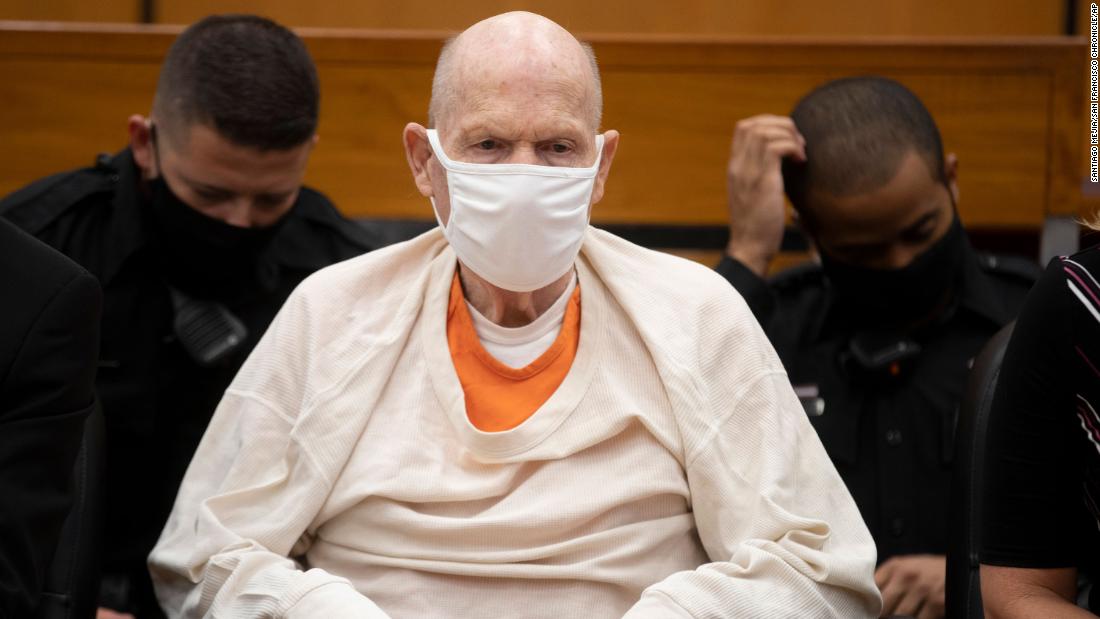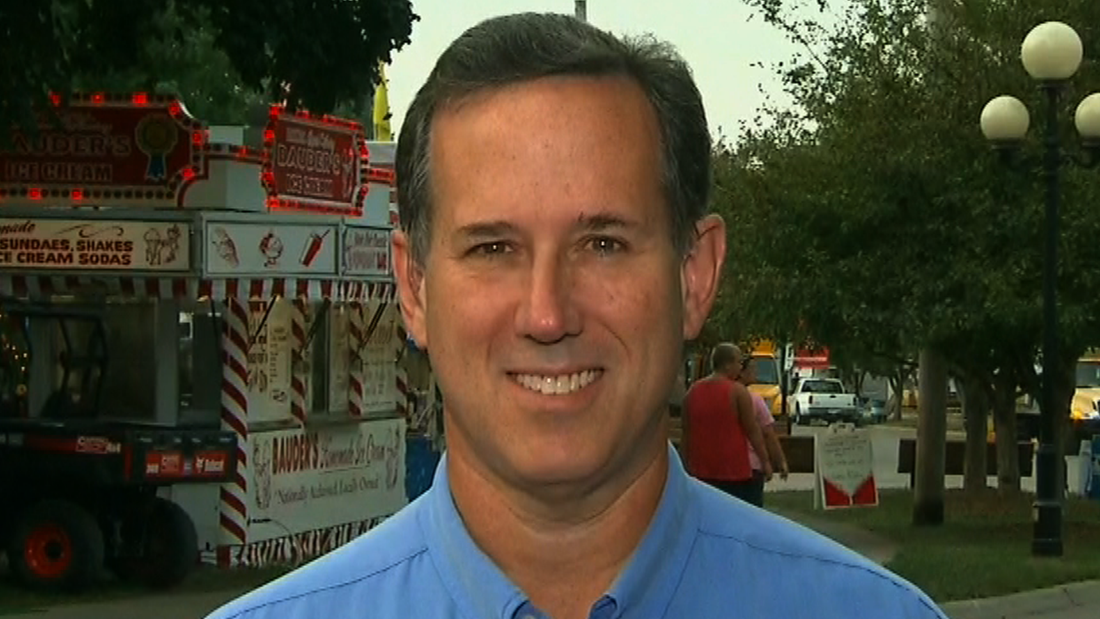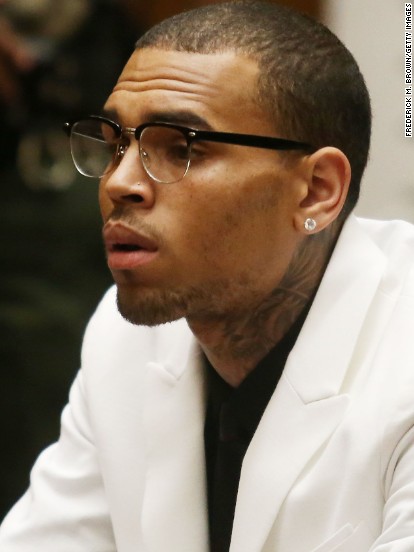- by theguardian
- 21 Sep 2023
Ukraine�s victories in the �TikTok war� won�t stop Vlad the Invader�s missiles | John Naughton
Ukraine�s victories in the �TikTok war� won�t stop Vlad the Invader�s missiles | John Naughton
- by theguardian
- 08 Mar 2022
- in technology

So is the conflict in Ukraine - as some of the world's media seem to think, the "TikTok war" - or, more generically, "the first social media war"? As Russian tanks rolled into the country, videos of frightened people huddling together, explosions blasting through urban streets and missiles streaking across Ukrainian skies suddenly replaced TikTok's usual fare of memes, jokes, fitness and dance videos. "Ukrainian social media influencers," reported Reuters, "uploaded bleak scenes of themselves wrapped in blankets in underground bunkers and army tanks rolling down residential streets, juxtaposed against photos of blooming flowers and laughing friends at restaurants that honoured more peaceful memories of their home towns. They urged their followers to pray for Ukraine, donate to support the Ukrainian military and demanded Russian users in particular to join anti-war efforts." TikTok users across the country began livestreaming the war and the buildup of Russian forces, denying Vlad the Invader the ability to dominate the narrative about what was happening.
All of which is impressive. It was a light (sometimes the only light last week) shining in the darkness. What we were seeing, wrote Chris Stokel-Walker on Vice, was the "meme-ification of the Ukraine invasion". In a networked world, this is supposedly a big deal because memes can be used to dominate the information space - now believed to be an important element of any conflict. The strange thing is that, up to now, we thought that the Russians were the Olympic champions of this stuff.
One thinks of the famous "Gerasimov doctrine" - their new theory of modern warfare that emphasised hacking an enemy's society rather than attacking it head-on. And yet in the early days of the assault on Ukraine, they've been struggling to gain a foothold, partly because of the way western tech platforms have silenced Russian disinformation agencies, but also because pro-Ukrainian voices are drowning them out on Twitter, Instagram, Facebook and TikTok.
Why has TikTok become so important in this story? One answer, suggests Stokel-Walker, is that - as a medium - it's ideally suited to war. It "throws users headlong into an immersive, endless stream of snappy content", he writes, and "is designed to monopolise attention. Even legitimate information can work by appealing to outrage - and there are few things more outrageous than what's going on in Ukraine at present." TikTok makes it really easy for users to become creators themselves just by responding to existing videos - and in the process boost the virality of what appears in their feeds.
That has its downsides, though - just as the "retweet" button on Twitter has. If you're just building on something you've received from someone else, that means you might be inadvertently recirculating misinformation. One viral hit, for example - a video clip posted on TikTok and labelled "Bro fucking Russian paratrooper filming there [sic] TikTok while dropping in Ukraine" - turned out to have originally been posted on Instagram in 2015.
This is not to suggest that TikTok is more riddled with disinformation than other social media, just that the authenticity of what appears on it can be difficult to establish. The upside is that the internet is also good at debunking falsehoods. The Russians have already had some experience of this. On 21 February the country's Tass news agency reported that five Ukrainian soldiers had crossed the border into Russia in two armoured personnel carriers and that Russian forces destroyed both vehicles and killed the five Ukrainians in them. In no time at all, online sleuths at Bellingcat exposed the video as fake news. Geolocation data showed that it had been filmed not in Russia but inside the occupied part of Ukraine; and the destroyed personnel carriers were a type that Ukraine doesn't own, painted over to make them look Ukrainian.
Seeing the embattled Ukrainians vanquish Putin on social media is deeply satisfying. But there's a whiff of Arab spring about it - a tendency to confuse online excitement with more sobering realities of power, ideology and ruthlessness. When Stalin was informed that the pope was opposed to something he wanted to do, his icy riposte was: "And how many divisions has the pope?" Something similar applies today. Faced with the rout of his bots on social media and his banishment from tech platforms, Vlad the Invader might similarly inquire how many missiles does TikTok or Facebook possess? And he knows the answer, as do we in our hearts. The battle for Ukraine won't be fought with memes.
- by travelpulse
- descember 09, 2016
Resort Casinos Likely Scuttled Under Amended Bermuda Legislation
Premier announces changes to long-delayed project
read more